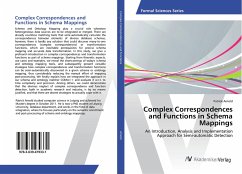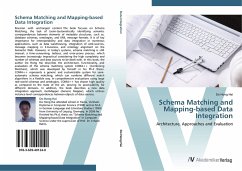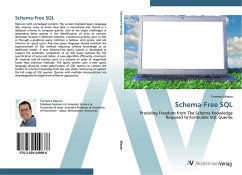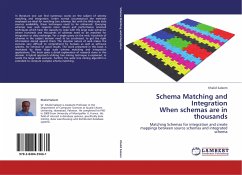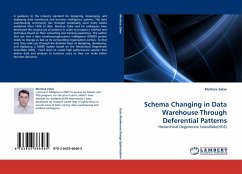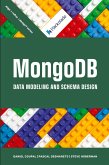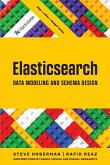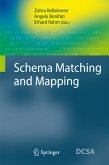Schema and Ontology Mapping play a crucial role whenever heterogeneous data sources are to be integrated or merged. There are already countless matching tools that semi-automatically calculate the correspondences between elements of diverse database schemas, however, there is hardly any solution that could discover many-to-one correspondences (complex correspondences) or transformation functions, which are inevitable prerequisites for precise schema mapping and accurate data transformation. In this study, we give a profound introduction in complex correspondences and transformation functions as part of schema mappings. Starting from theoretic aspects, use cases and examples, we reveal the shortcomings of today's schema and ontology mapping tools, and subsequently present versatile strategies how complex correspondences and transformation functions can be semi-automatically discovered in a given schema or ontology mapping, thus considerably reducing the manual effort of mapping post-processing. We finally explain how we integrated the approach in our schema and ontology matcher COMA++ and evaluate it w.r.t. to time complexity and precision. Among others, we could demonstrate that the obvious neglect of complex correspondence and function detection, both in academic research and industry, is by no means justified, and that there are decent strategies to actually cope with it.
Bitte wählen Sie Ihr Anliegen aus.
Rechnungen
Retourenschein anfordern
Bestellstatus
Storno

